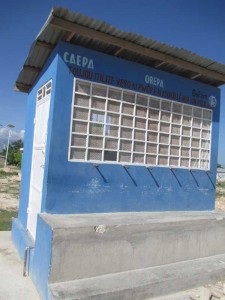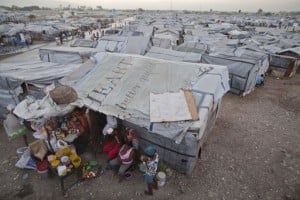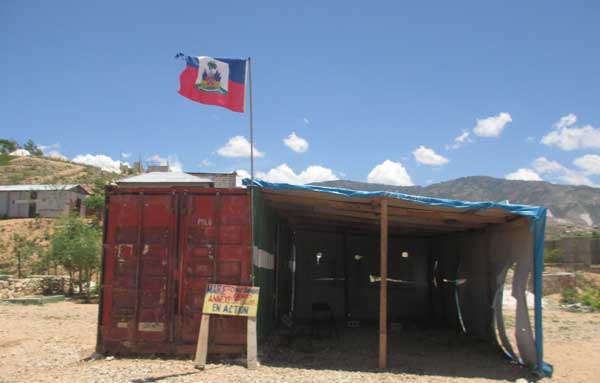100 Years of Occupation – 100 Years of Resistance in Haiti
Global Research, December 17, 2014
Url of this article:
http://www.globalresearch.ca/100-years-of-occupation-100-years-of-resistance-in-haiti/5420411
http://www.globalresearch.ca/100-years-of-occupation-100-years-of-resistance-in-haiti/5420411
December 17, 2014 marks one hundred years since the United States invaded Haiti, stayed for 19 years, virtually re-enslaved Haiti with its white supremacist ideology, physical tyranny and at the point of guns carried out Haiti’s gold reserves. One hundred years later, Haiti continues the resistance. (See, 100 Years of Occupation – 100 Years of Resistance : Regional networks and organizations manifest solidarity with Haiti http://bit.ly/1A9cHLa )
Haiti continues its protest against foreign occupation and their puppet government. Calls for real elections are taking down the fake Martelly-Lamothe regime. But, Haiti freedom fighters are also keeping in mind that US-style electoral politics is false hope for the masses everywhere, including the United States.
This post is centered on the unseen powers in Haiti. The Mundele (Category One - the stranger/colonist/white nations/Mundele) that the Martelly-Lamothe regime (Category Zero/Bafyòti) serve as well as the deep politics Haiti citizens must confront regarding the global profit-over-people system.
The Bill Clinton/ NGOs, USAID and the UN are tools of empire (Ndòki) that will nullify the gains of the Haiti protestors after Martelly-Lamothe are gone. If there is to be a lasting change in Haiti, and in the living standards of the masses, Haiti must make plans beyond electoral politics.
To do this means facing not only Category Zero, the Black collaborators (Bafyòti) represented by the surface power of Martelly-Lamothe. But the deeper, economic power of an even bigger group of collaborators, the multibillionare Haiti oligarchs (Bafyòti) as well as the Ndòki- meaning the institutional forces of empire as represented by the NGOs, the (pèpè) educational system, the media, foreign religions, neoliberal economics, unfair trade, destruction of Haiti local economy, the world money changers/Banksters and plutocrats, et al…
See the video clip: The Beautiful Butchers of Haiti: Mrs. Clinton, Susan Rice, Cheryl Mills & The Arabs – http://on.fb.me/1wE3M3e .
In this clip, human rights attorney, Ezili Dantò discuss two slides from “The Quiet Genocide in Haiti” presentation.
Slide one: Is on the Clinton-nites in Haiti – Mundele Hillary Clinton, Bafyòti Susan Rice and Bafyòti Cheryl Mills – http://on.fb.me/1wE3M3e
Slide two: Is about the subcontracted Haitians who are middlemen for empire. They’re Haiti’s mercenary families.
The Haiti oligarchs – .05% own 98% of Haiti wealth through monopolies orchestrated and supported by foreign interests in Haiti http://on.fb.me/1wE3M3e
Haiti oligarchs are the wealthiest billionaires in the Caribbean. Make their living exploiting the poor in Haiti – their land, labor, resources, institutional underdevelopment. These Christian or Jewish “Arabs” (i.e. the families of Acra, Apaid, Bigio, Boulos, Baussan, Brandt, Mevs) are the middlemen for empire and require as much scrutiny and protests as the Laurent-Lamothe regime who serve them and Western imperialism. This – clip http://on.fb.me/1wE3M3e – was taken by cell phone by an audience member at a recent Ezili Dantò, university presentation, on Haiti.
One Hundred Years of Resistance
One hundred years ago on December 17, 1914 Citigroup (Citibank) stole Haiti’s gold reserves.
The US sent the Marines to Haiti to take Haiti’s gold reserves and transport it to the Wall Street vaults of what is now known as Citigroup.
On December 17, 2014 Haitians mark this theft of Haiti monies by the wealthy United States, demanding the US make reparations for that crime as well as the continued crimes of occupation and taking of Haiti assets under Bill Clinton
and his Wall Street cronies.
and his Wall Street cronies.
I post this video of US Senator Elizabeth Warren statements on Citigroup not as an approval of her bid for the US presidency in 2016 or an endorsement of the US politicos’ simplistic villain/hero pathology – their hypocritical Democrat/Republican duopoly, but simply to help explain how powerful Citigroup/Citibank is today…and how it continues its traditional colonial thievery. The US public still do not realize they’re the colonized subjects of
the US corporatocracy and their feudal lord lobbyists. (See video: Remarks by Senator Warren on Citigroup and its bailout provision. https://www.youtube.com/watch?v=DJpTxONxvoo)
the US corporatocracy and their feudal lord lobbyists. (See video: Remarks by Senator Warren on Citigroup and its bailout provision. https://www.youtube.com/watch?v=DJpTxONxvoo)
Unfettered capitalism doesn’t work, it must constantly steal. The new term for theft and Wall Street parasitic behavior is “bailout.”
The info shared in the Warren video reveal how the City bank boys operate worldwide, including being a good part of the reason why Haiti and the global South are kept contained in poverty.
These thieves and “money changers” are the same ilks digging up Haiti’s mountains to extract what’s left of its gold, copper, uranium, iridium. Strategically positioning to take its oil, coastal lands, deep water ports, offshore islands.
Warren speaks to the current situation with Citigroup. Its massive power, lobby and influence within the US government. It fleeces not Haiti gold now but gets half a trillion dollars in taxpayer bailout as 80% of the American people grind away beneath endless debts to these powerful banksters and the plutocrats with never a Main Street bailout.
Haiti’s central bank is currently OWNED by these banksters. Our border customs, port receipts are privatized into these same hands. The NGOs are spread out over the total Haiti landscape with concentrated power in every Haitian ministry. These are some of the issues Haiti must face after the fall of Martelly-Lamothe. Electoral politics can only do so much. Those who control Haiti’s economy must let go of Haiti as their cash cow. Desalin cannot be assassinated, once again. The Haiti revolution is not fulfilled until the assets of the country shall be equitably divided.
Two thousand years ago, a Hebrew named Jesus spoke of the “money changers” and how they must be thrown out of the temple. Well it’s not only the temple they must be thrown out of, but everywhere if humanity is to start fresh from greed
or placing profit over people.
or placing profit over people.
Identifying the real obstacle, naming the enemy is a first step to winning any war.
(See the History of the “Money Changers” - http://www.iamthewitness.com/books/Andrew.Carrington.Hitchcock/The.History.of.the.Money.Changers.htm)
(See the History of the “Money Changers” - http://www.iamthewitness.com/books/Andrew.Carrington.Hitchcock/The.History.of.the.Money.Changers.htm)
Haiti is today the recipient of the banksters’ altruism through the NGOs. The Robber Barons of the 20th century are the “philanthropists” of the 21st century.
Bill Clinton landed on Haiti’s back to “built Haiti back better!” Better for whom, the Haiti peasant ask? Why is Haiti the republic of NGOs. Why?
It’s not as if thinking Haitians do not know that Haiti soil is used as the epicenter for the CIA/UN/USAID drug trade that funds America’s eternal wars, the State Department’s weapon trafficking, and the banksters and plutocrats’ wealth these days.
The US Congress funds “port projects” in Haiti for drug transshipment, infrastructure and US/UN military planes are the means for flying in and out these contraband.
As Sibel Edmonds says (at 1:03:40 of this video): The number one place the United States puts its spies, its intelligence gathering officers and informants is through the NGOs.
The NGOs are the best operation base for the CIA. “US entices terror, US funds terror through the NGOs.” (45:06 – ) — Sibel Edmonds (Sibel Edmonds on Gladio B – Part 4https://www.youtube.com/watch?v=mOCYMU3zYH0)
There’s no need to dissolve Haiti parliament. Bill and Hillary Clinton simply put Martelly-Lamothe as their subcontractors in charge through the false hope of electoral politics. They use their federal power and UN proxy military cover to nullify the protesting parliamentary members, while having the corporate media sing the altruism of the NGOs and Dr. Paul Farmer to fool the gullible US-Euro public.
The world can see what’s happening. Saw it in Bosnia. See the role of the NGOs since the fall of the Berlin Wall. But no one sees. The colonial narrative on Haiti comforts the stranger (Mundele) and his collaborators. The quiet genocide in Haiti unfurls in plain site (http://on.fb.me/1ul19BX) just as does for Black America, for Africa.
Haitians scream. Africa screams. The poor of all the constructed races scream in terror and abuse. In Haiti, our insides are burning from Clorox hunger, from years of psych ops warfare, from inhaling expired tear gas and 2002
expired chemical agents thrown at us for years and years and years by the UN/PMSC mercenaries and US militarized Haiti police.
expired chemical agents thrown at us for years and years and years by the UN/PMSC mercenaries and US militarized Haiti police.
On this one hundred year anniversary of the European colonist’s attempt to re-take Haiti by taking away our gold reserves, Haitians fight on. Die from the fight back, from the material deprivations, the psychic injuries. Or UN cholera or the basic denial of human rights. (See our the Ezili archives at https://www.ezilidanto.com and December 16, 2014 – Clashes in Haiti as anti-government protest turns violent. Video – operation Burkina Faso
From the womb to the tomb, our lives is about this David vs. Goliath struggle. But there is a life beyond Black oppression that Africans connected to the womb live that’s so rich in soul, our oppressors want to take climb into it too but without letting go of white supremacy! The Ancestors’ legacy: Liberty or death, keeps us sane and free. The Ancestors left us the template for beating white supremacy. It’s the Bwa Kayiman call that began the Haiti revolution centuries ago. It’s “Kanga Mundele, Kanga Bafyòti, Kanga Ndòki, Kango yo”. We must stop the white nations/settlers, the Black collaborators/opportunists and all their evil forces (Ndòki). We must tie up, stop, excise, marginalize all three to win lasting change for ourselves, for humanity.
No. We’ve not forgotten the Citibank boys theft one hundred years ago, carried out at the point of US Marine guns (Ndòki). Neither shall we forget the blood of the last Haiti demonstrator staining Desalin’s land to opposed despots, tyrants, enslavers – US occupation behind UN guns.
When we’re dust, the next Haiti generation will carry forth and avenge the injustices for the Starlights we’ll be and that same sacred Earthlight our generation gives voice to.
Moonlight’s great sun heralds Desalin worldwide. Pierre Sully lives on in every Haiti protestor facing Napoleon’s newest reincarnated colonial army, abroad and at home. Kapwa Lamò does not have the luxury to grieve what’s been lost. Think of the dignity his glory shines upon the awaken heart. Charlemagne Peralte, Haiti reMEMBERs itself in you.
Alaso Ayisyen, sa ki mouri nap vanje yo.
Ezili Dantò, HLLN

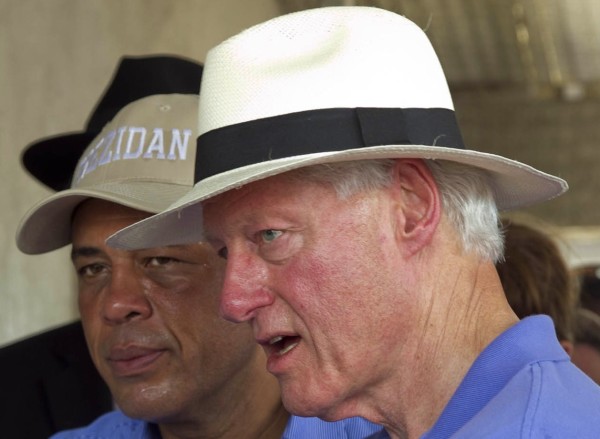



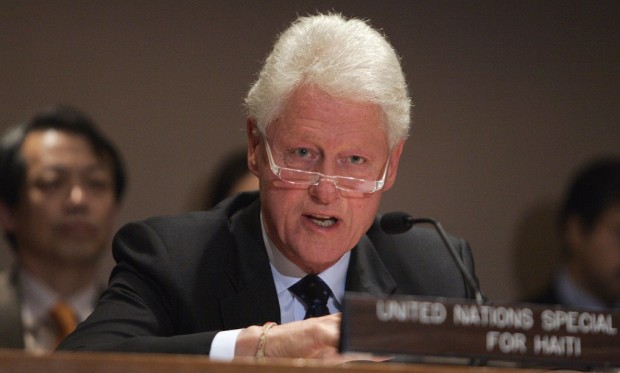
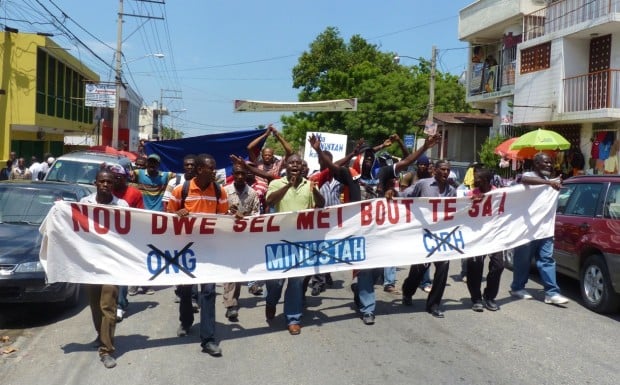

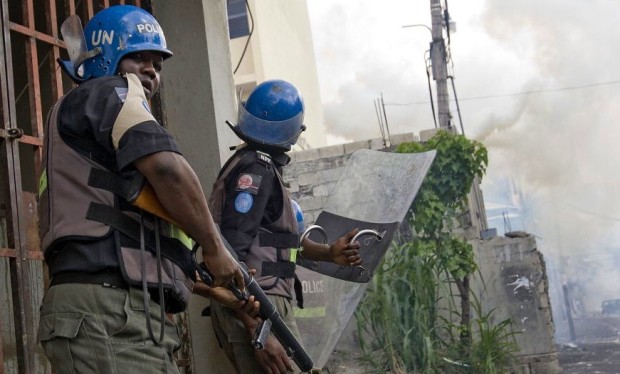
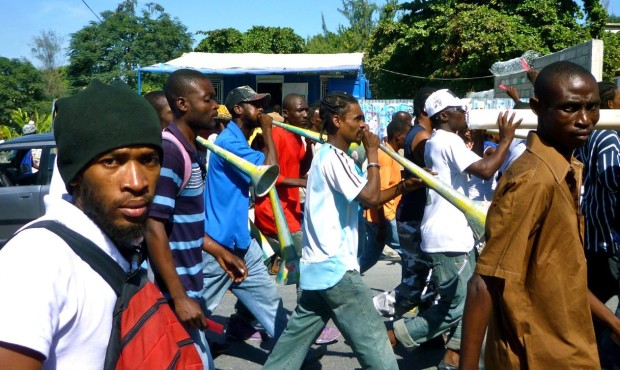
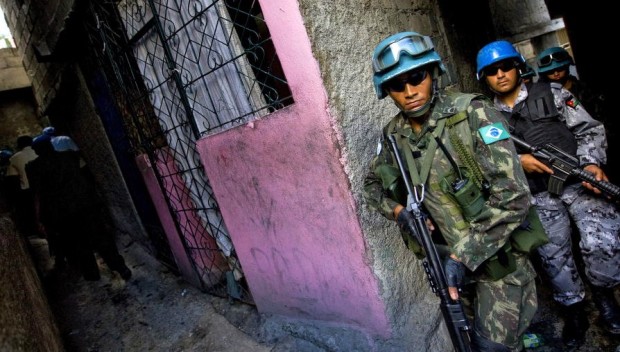
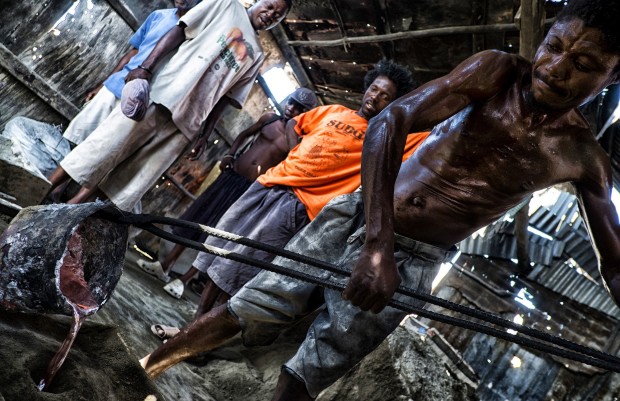
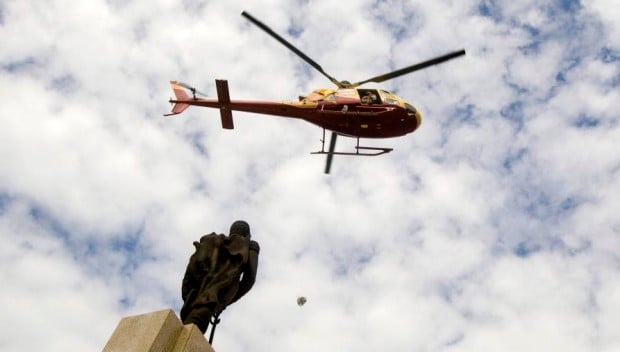
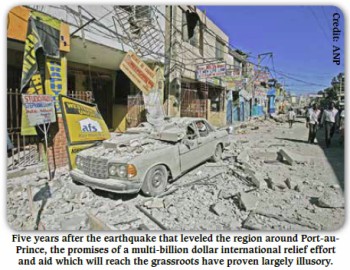
 In this new and expanded edition of Michel Chossudovsky’s 2002 best seller, the author blows away the smokescreen put up by the mainstream media, that 9/11 was an attack on America by “Islamic terrorists”. Through meticulous research, the author uncovers a military-intelligence ploy behind the September 11 attacks, and the cover-up and complicity of key members of the Bush Administration.
In this new and expanded edition of Michel Chossudovsky’s 2002 best seller, the author blows away the smokescreen put up by the mainstream media, that 9/11 was an attack on America by “Islamic terrorists”. Through meticulous research, the author uncovers a military-intelligence ploy behind the September 11 attacks, and the cover-up and complicity of key members of the Bush Administration.

